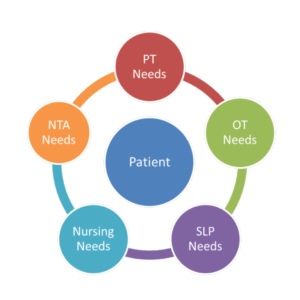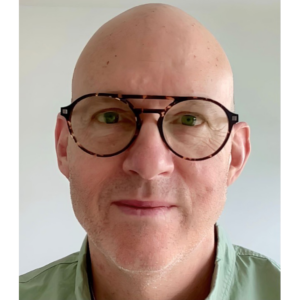AHCA: Medicaid payment shortfalls projected at $7 billion for 2012
Medicaid underpayments to providers have reached historic levels and are projected to exceed $7 billion nationally in 2012, according to an annual report released today by the American Health Care Association (AHCA).
“A Report on Shortfalls in Medicaid Funding for Nursing Care” estimates that the difference between what nurisng care costs and what Medicaid will pay will result in an average shortfall of $22.34 per resident, per day—the highest rate of underfunding since 1999 when the study began, and 14 percent higher than last year.
The report is not a promising projection for Medicaid reimbursements to skilled nursing facilities (SNFs), where about 63 percent of residents are Medicaid beneficiaries.
“There’s a lot of talk in Washington about Medicaid and how it’s ripe for cuts,” said AHCA President and CEO Mark Parkinson said. “This report offers hard data that argues the opposite. The reality is that this program already underpays nursing center providers. Cuts to Medicaid do not make sense for providers or for the millions of Americans who depend on the program.”
Rich Miller, President and CEO, Washington (state) Health Care Association, commented on the impact on nursing facilities in his state, where the shortfall rate is projected to be $26.30 per patient per day for 2012: “[Sequestration is] becoming a budget exercise for policy makers and lawmakers," he said in a teleconference today about the report release. "But for us, it’s far more than an exercise—it’s a situation that we have to manage and endure.”
The Medicare Payment Advisory Commission (MedPAC) reports don’t show the whole story of skilled nursing financial margins, Parkinson noted in the teleconference. “The MedPAC reports show that we have double-digit Medicare margins. But the total margin for nursing homes across the country is very, very thin,” he says. “Cut after cut has led to a very dangerous financial condition.”
The states with the highest discrepanices between care cost and Medicaid reimbursements inlcoude New Hampshire, New York, New Jersey and Wisconsin.
A few states are faring better than most: Wyoming saw only a 16-cent shortfall, while two other states—Michigan and North Dakota—actually saw a positive increase instead of a shortfall.
An interactive map of state-by-state ratios is available on the AHCA website.

Pamela Tabar was editor-in-chief of I Advance Senior Care from 2013-2018. She has worked as a writer and editor for healthcare business media since 1998, including as News Editor of Healthcare Informatics. She has a master’s degree in journalism from Kent State University and a master’s degree in English from the University of York, England.
Related Articles
Topics: Accountable Care Organizations (ACOs) , Advocacy , Executive Leadership , Medicare/Medicaid , Regulatory Compliance










